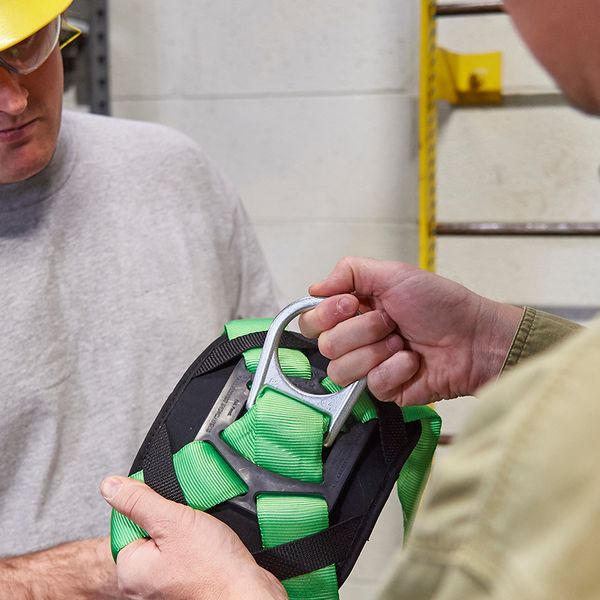How to build a more effective safety incentive program
When building incentive programs, employers often focus on financial rewards, but those aren’t the most effective, particularly when used alone. Providing recognition adds social and moral incentives, even just saying “thank you for working safely.” Using positive reinforcement in the financial, social, and moral incentive areas can help create a more effective program.
There’s no one-size-fits-all formula, and the extent to which the program addresses each incentive type requires some consideration. Every employee is different and incentives motivate each person differently. Some people appreciate public recognition while others would feel embarrassed.
In addition, consider exactly which behaviors to reward, preferably actionable items like reporting hazards or recognizing coworkers for working safely. Injury rates can be a good metric, but the incentive program should reward specific behaviors that support your goal, rather than just reporting out numbers.
Having said that, here are some considerations for each incentive type.
Financial incentives
Offering financial incentives might seem simple, like giving a bonus for zero injuries, but “zero injuries” is a goal, not a behavior that you can recognize. In addition, a large reward may discourage workers from reporting injuries. Conversely, a reward that’s too small won’t provide much motivation.
The frequency of delivery is also key. An annual bonus is easy to administer, but employees must wait a year to get the reward. Incentives are more effective when delivered shortly after the desired behavior, and giving frequent feedback may require a smaller value reward.
Physical prizes like coffee mugs can provide reminders of why the employee was recognized, but only if the employee wants and uses the item. Letting employees choose gift cards can allow them to select a desired reward.
In short, a financial incentive should be large enough to be desirable, delivered as timely as possible, and ideally provide a reminder of why the employee received the reward.
Moral and social incentives
To illustrate moral and social incentives, consider the “honor system” of paying for coffee at work. Most people pay because it’s the right thing to do, but some might pay only when others are watching. Most people do the right thing, and making the right choice should create its own reward, even if only a sense of self-satisfaction. Others will do the right thing with a bit of encouragement. Recognizing safe behaviors publicly helps reinforce the moral choice and provides gentle social pressure.
Remember that verbal reinforcement could be positive or negative. Shouting, “Hurry up!” contributes to perceived incentives just as much as saying, “Glad to see you wearing your safety glasses!” Emphasizing speed without recognizing safety sends a clear message of which behaviors the company expects.
Timely feedback
Another factor is the time lag between the behavior and the feedback. Rewards delivered weeks or months after the accomplishment have less impact.
For related information, see our article, What makes incentive programs effective.
A balanced approach might incorporate immediate verbal (social or moral) feedback with small financial awards (like gift cards). The program can offer more substantial recognition at the end of the quarter or year. The variations are endless and, as noted, each employee will respond to incentives differently. A program that touches on multiple areas should have broader appeal.
Remember that the goal is to encourage better choices and behaviors, not merely to hand out rewards for meeting goals. Identifying which elements are best for your workforce and finding the right balance will take some thought, but should result in a more effective program.
Key to remember: A safety incentive program should include immediate and long term rewards that offer financial, social, and moral recognition in a timely manner.




















































